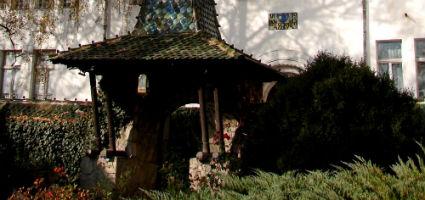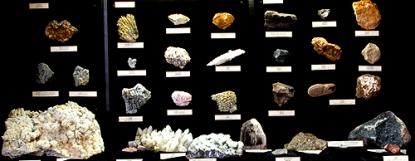2024. April 25. Thursday
Szekler National Museum - Sfîntu Gheorghe
 |
Address: 520055, Sfîntu Gheorghe str. Kós Károly 10. / Kós Károly u. 10.
Phone number: (267) 312-442
E-mail: office.sznm@gmail.com
Opening hours: Temporarily closed.
|
The exhibition has closed for visitors.
2000.01.01. - 2019.12.31.
Museum tickets, service costs:
|
Individual ticket for adults
|
10 HUF
|
/ capita
|
|
Individual ticket for students
|
5 HUF
|
/ capita
|
|
Group ticket for students
(10-30 people)
|
50 HUF
|
/ group
|
|
Individual ticket for children
(over 7 years of ages)
|
5 HUF
|
/ capita
|
|
Individual ticket for pensioners
|
5 HUF
|
/ capita
|
|
Ticket for families
(2 adults + 1-5 children)
|
20 HUF
|
/ family
|
|
Guide
|
20 HUF
|
|
|
Video
|
20 HUF
|
The Székely National Museum owned a rich collection of ethnography related artefacts right from its establishment in 1879. Many of these were minerals and stones. The museum guard Ferenc László, the mining engineer Lajos Joós, the geologists János Bányai and Jenő Rátz, the museologist Sándor Kovács and many others' assiduity helped in the development of the collection.

Most of the minerals and stones in the collection are from Transylvania, some are from Hungary. The minerals are grouped based on their chemical compounds in room one, two and three while in room four and five they are grouped based on their formation. The showcase next to the window holds unique pieces from the region.
Mammal remains from the Pliocene are one of the most interesting compilations in the museum. The earliest pieces here were collected in the last decades in the 19th. At present, it holds 56 species collected from the Brasso, Háromszék and Csiki Basins. The museologist Sándor Kovács, and the palaeontologists Costin Rădulescu and Petre Samson organized the material scientifically.

Most of the minerals and stones in the collection are from Transylvania, some are from Hungary. The minerals are grouped based on their chemical compounds in room one, two and three while in room four and five they are grouped based on their formation. The showcase next to the window holds unique pieces from the region.
Mammal remains from the Pliocene are one of the most interesting compilations in the museum. The earliest pieces here were collected in the last decades in the 19th. At present, it holds 56 species collected from the Brasso, Háromszék and Csiki Basins. The museologist Sándor Kovács, and the palaeontologists Costin Rădulescu and Petre Samson organized the material scientifically.
